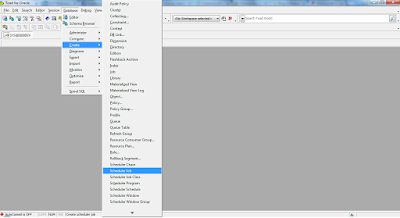Xen Virtual Machine on SUSE Linux Enterprise Server
What is Virtualization?
Virtualization is the process of abstracting computing resources such that multiple operating system and application images can share a single physical server, bringing significant cost of ownership and manageability benefits.
The idea of virtualization is not new. Platforms like IBM zSeries or pSeries offer built-in virtualization and Intel x86 based systems can be virtualized using third-party software like VMware.
SUSE Linux Enterprise Server 11 comes with a virtualization technology called Xen, which allows you to run multiple virtual machines on a single piece of Intel x86 based hardware.
At the moment, the operating systems that run in a Xen virtual machine need to be modified. Therefore only open source operating systems like Linux or BSD can be installed. One exception is Netware, which has been adjusted by Novell to run in a Xen virtual machine.
Intel and AMD are developing extensions (Intel Vanderpool and AMD Pacifica) to the x86 Standard to support virtualization. Once these extensions are available, Xen will be able to run unmodified operating systems including Microsoft Windows.
What is Xen?
Xen is a virtual machine monitor for IA-32 (x86, x86-64), IA-64 and PowerPC-970 architectures. Its allows several guests operating systems to be executed on the same computer hardware concurrently. Xen was initially created by the University of Cambridge Computer Laboratory and is now developed and maintained by the Xen community as free software, licensed under the GNU General Public License (GPL2).
Para-virtualization and Xen
With Xen virtualization, a thin software layer known as the Xen hypervisor is inserted between the server’s hardware and the operating system. This provides an abstraction layer that allows each physical server to run one or more “Virtual Servers”, effectively decoupling the operating system and its applications from the underlying physical server.
The Xen hypervisor is a unique open source technology, developed collaboratively by the Xen community and engineers at over 20 of the most innovative data center solution vendors, including AMD, CISCO, Dell, HP, IBM, Intel, Mellanox, Network Appliance, Novell, RedHat, SGI, Sun, Unisys, Veritas, Voltairs and Citrix.
Xen is licensed under the GNU General Public License (GPL2) and is available at no charge in both source and object format. Xen is, and always will be, open source, uniting the industry and the Xen ecosystem to speed the adoption of virtualization in the enterprise.
Installation of Xen Virtual Machine Host Server using YAST tool
Xen Virtual Machine packages are available in SLES-11 DVD. Insert SLES-11 DVD into DVDROM.
Open YAST and from Software catogary click on Software Management.
From Filter's drop down list select Patterns and from Primary Functions select Xen Virtual Machine Host Server
Press Accept button to continue the installation process
When the installation complete from Virtualization catagory click on Install Hypervisor and Tools
Press OK to install Xen Network Bridge
Now Restart SUSE Linux Enterprise Server-11 and Start Xen -- SUSE Linux Enterprise Server 11 2.6.27.19-5
Xen Virtual Machine is starting
Open YAST tool to create virtual machine. From Virtulization Catagory click on Create virtual machine.
Select Operating System that you want to install.
Summay and next process is to start the installation

















Great Content. Thanks for sharing this valuable information.
ReplyDeleteVMware Training in Chennai
VMware Training in Bangalore
VMware Online Training